Fundraisers are doing incredibly important work. You are connecting people who care with people (or environment/animals/causes) in need.
Most of us are active in fundraising because we want to change things from bad to good. As Tom Ahern says, donors make bad good. This is fundamental to all we do.
Save the Children UK’s homepage tells me I can make bad good. I like this one because it is an example of Save the Children saying ‘save the children’ in their call to action.
Save the Children USA’s site wants me to give because Somalia’s children are starving.
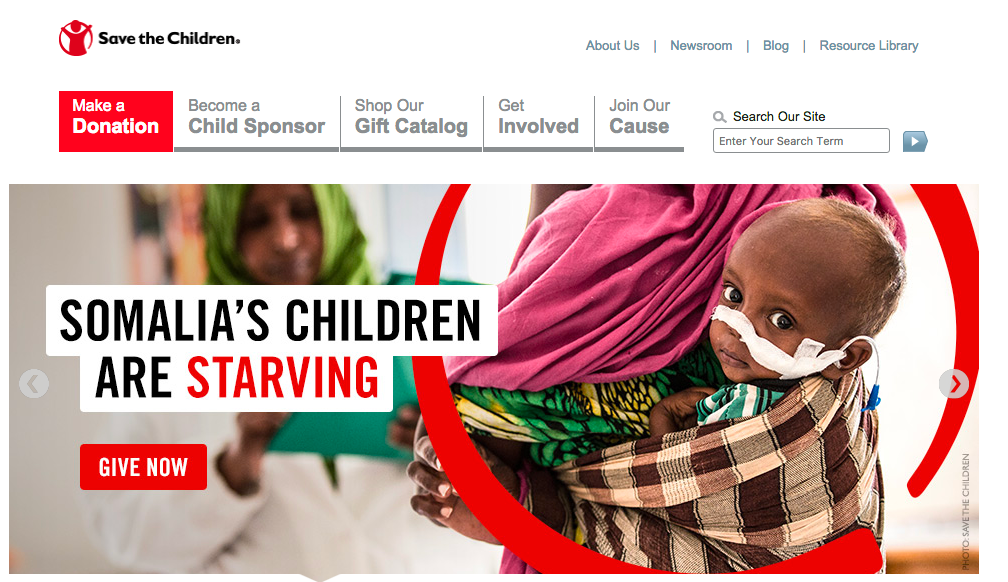
When portraying need, we need to consider what impact the copy and images have on dignity and respect afforded to our beneficiaries.
But that doesn’t mean we have to hide harsh realities; in fact, it’s very important that we show people in need. In often terrible circumstances.
Whatever your ideological view on this, the facts show that demonstrating need works better in raising funds than showing happy outcomes.
This is well established. Those who argue that portraying people in negative contexts is wrong, rarely argue that it doesn’t raise more money. Because it raises a lot more than the alternative.
Related Blog: How to Make Fundraising Work: Nail the Offer
We also know that focusing in on one individual, personifying the problem helps. Emotional copy and imagery, not rational facts and data.
Related: Want to learn step-by-step how to write fundraising communications that will raise more money for your cause? Check out Jeff’s Irresistible Communications for Great Nonprofits course! You can get instant access to this and more when you join The Fundraisingology Lab.
Related blog: How to Write Like a Nonprofit Genius
Whoever put together Save the Children’s Swiss German website call to action about the 2017 East Africa food crisis missed this lesson. This learning, ironically, is featured as a Save the Children case study in Peter Singer’s great book The Life You Can Save.
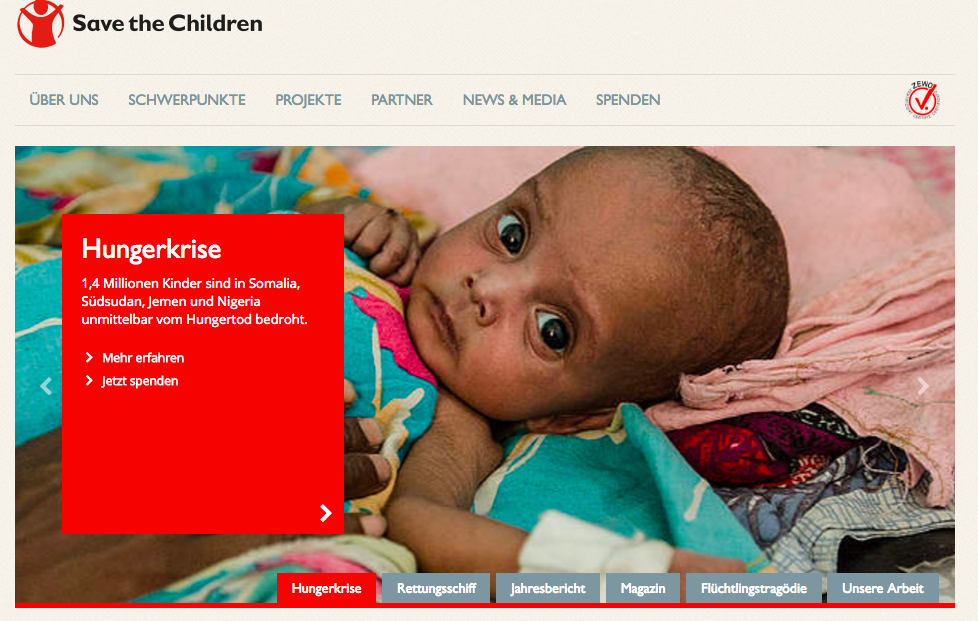
Rough English translation: “Food Crisis. 1.4 million children are threatened by starvation in Somalia, South Sudan, Yemen and Nigeria.”
Save the Children in Australia are hitting hard. “Children are dying from severe hunger,” they tell me.
A clear connection to their mission, their name.
It is well known that using powerful images and copy showing need, and featuring one person rather than many is going to raise more money than using positive imagery and stats.
But less known is the impact of ‘the negative consequences of not giving’.
This stems from Loss Aversion. According to Wikipedia:
…loss aversion refers to people’s tendency to prefer avoiding losses to acquiring equivalent gains: it’s better to not lose $5 than to find $5.
The article goes on to say, “Some studies have suggested that losses are twice as powerful, psychologically, as gains.”
In marketing terms, this manifests in offers like “Try it for 30 days, if you don’t like it, just cancel your subscription” or substituting “Earn $10 a month by switching to our new savings account” with “Lose $10 a month, every month you’re not with our new savings account”.
How does this apply to fundraising? It is actually quite simple. We make the potential supporter a key part of the solution.
The (in)famous “Donate now or the kitten dies” is much more motivating than “Donate now to save a kitten”.

Now, you can’t really write that, but back in 1917 fundraisers were pressing the right buttons.
Great copy from 100 years ago*.
I have decided to donate to Save the Children, but they will lose out on $50 of that unless you come up with a winning ‘loss aversion’ approach to those calls to actions and post your reply below this blog. Let’s see who comes up with the best idea!
Without your help, this article will be left hanging. Please post your reply below now!
Sean
*Thanks, Mark Phillips, for your awesome Pinterest collection of over 800 old charity ads!
PS: Can you use the theory of loss aversion to apply to the Save the Children headlines? If so, write your idea below, or I won’t donate $50 to Save the Children!
PPS: Jeff Brooks has an awesome course all about fundraising communications. In it he shows you step-by-step how to write fundraising communications that will raise more money for your cause! It is available for all members of The Fundraisingology Lab.


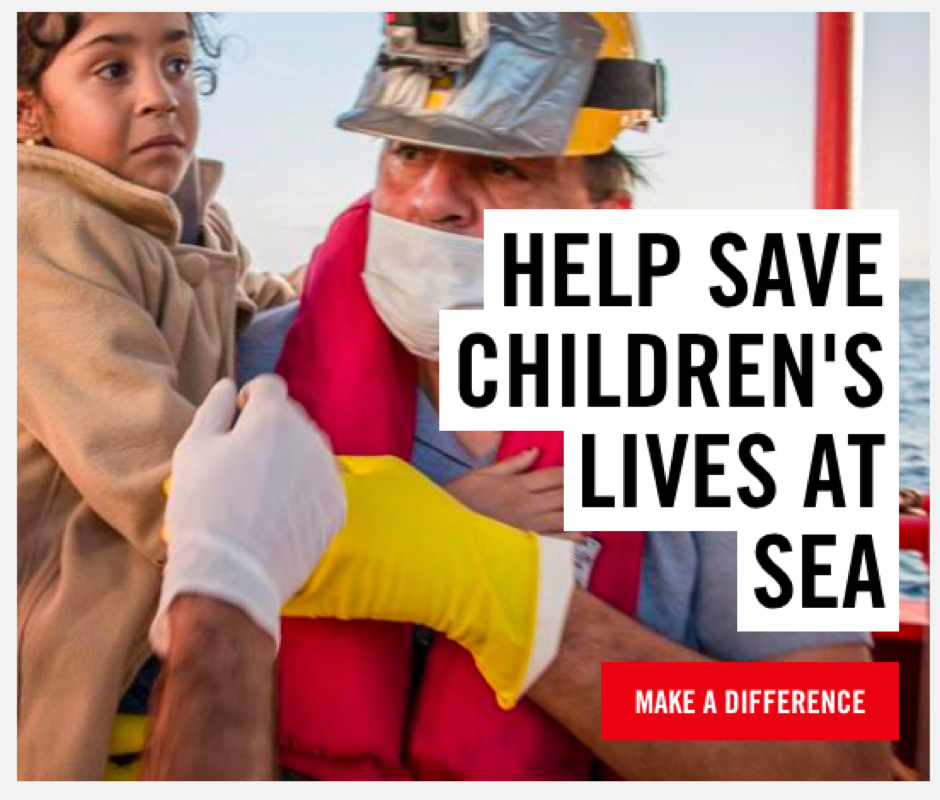
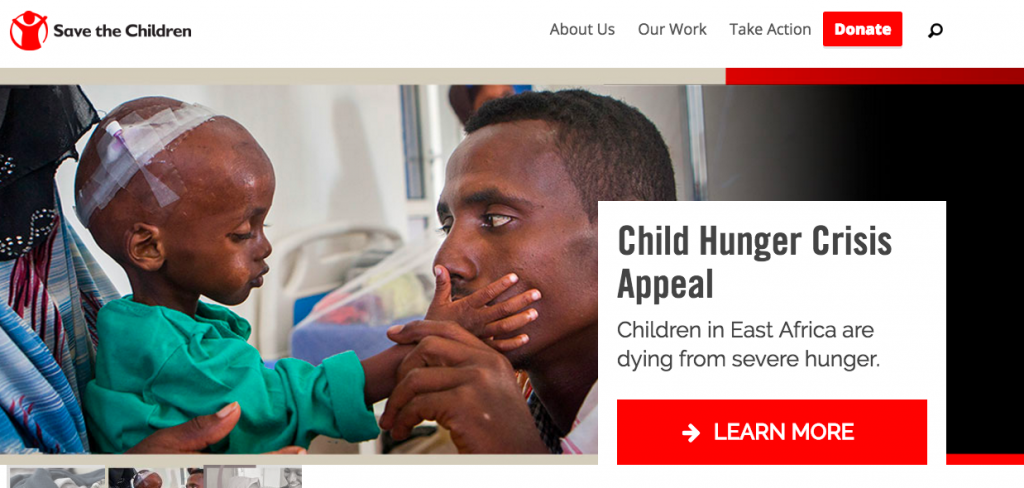
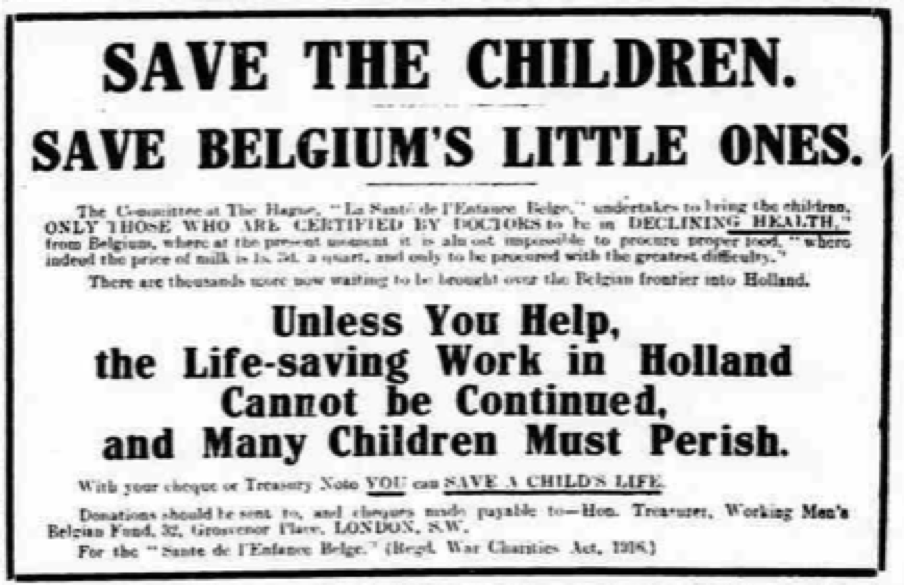






11 Comments. Leave new
Hi Sean,
Thanks for the great article. A lot of good thoughts are in it!
For now there is not much competition, so I will try some approaches:
(1) “Don´t loose your money with unneccessary stuff – give it to kids in need!
(2) “If you donate today you won´t loose double of your donation, because [Company, which does that and you have a cooperation with. e.g. UNICEF and gmx in germany ;-)] will pay it!”
(3) “You´ll loose your money if you spend it just somehow. Invest it in the future by donating it to give children (& our world) a better future!”
I´m not convinced these are the best answers to your suggestions. But at least some examples to think about.
Thanks for donating to Save the Children 😉
Vielen Dank. Tolle Antworten! I hope Save the Children in Germany is doing well, the matched gift thing like UNICEF has there is great. I’ll see what other answers I get…
Sean, terrific post on loss aversion in fundraising. With loss and gain being two sides of the same coin, it’s not always a question – in my opinion – of whether to decide between “Save lives” and “Prevent deaths.” Often, a complete fundraising message would include both the positive aspect and the negative one, as shown in the brilliant ad from 100 years ago in your post.
Granted, that might be tougher to do in a brief website ad like those in your post. But we might say:
Save Children in Somalia from Starvation
[button] Stop These Senseless Deaths
or
Pull Children in Somalia Back from Starvation
[button] Save These Precious Lives Now
or
Save starving children in Somalia, because they’ll die without your help.
[button] Give Now
or
Have you ever witnessed a child starving?
[button] Save Lives in Somalia Now
or
Slowly sinking deeper into starvation.
[button] Save Children in Somalia Now
or
Many More Children in Somalia Will Starve
[button] Save Lives Now
or
Will you stand by while another child starves and dies?
[button] Save Lives in Somalia
All things considered, it’s probably best to have the loss framing as the problem and the gain framing as the call to action /solution. But that’s something that would make an interesting test.
Anyway, some stray thoughts. Thanks again for the terrific post.
George
Great stuff George. And some really good copy that maybe one of the Save the Children fundraisers may pick up on! Thanks.
Alright, Sean, you got me! How about these?
Children will be lost at sea without your help.
Somalia’s children could starve without you.*
(*Is it safer to use a word like ‘could’ rather than ‘will?’)
Hi Brian. Nice, and thanks for being got!
The could/will angle is an interesting one. It would be true to say ‘if no one donates WE won’t be able to help save these lives…’ But it could be that a different organisation steps and saves those particular lives…
Really, we need to trigger emotions as strong as we can, but must never lie.
Sean
Thanks, Sean. Good points. And I just read George’s ideas. Wow! He’s got some great ones.
Yep. Lots of good ideas! Save the Children looking like they may get more from me…
Sonia might not live to see tomorrow without your help.
Although maybe a bit misleading?
Maybe ‘Sonia might not live to see her first birthday without your help’. And would obviously need good to use her actual name of possible.